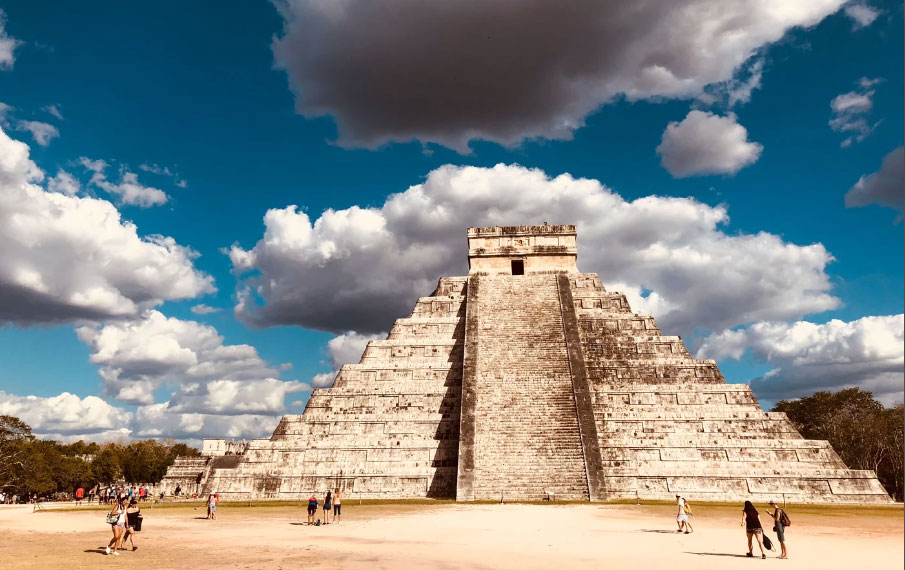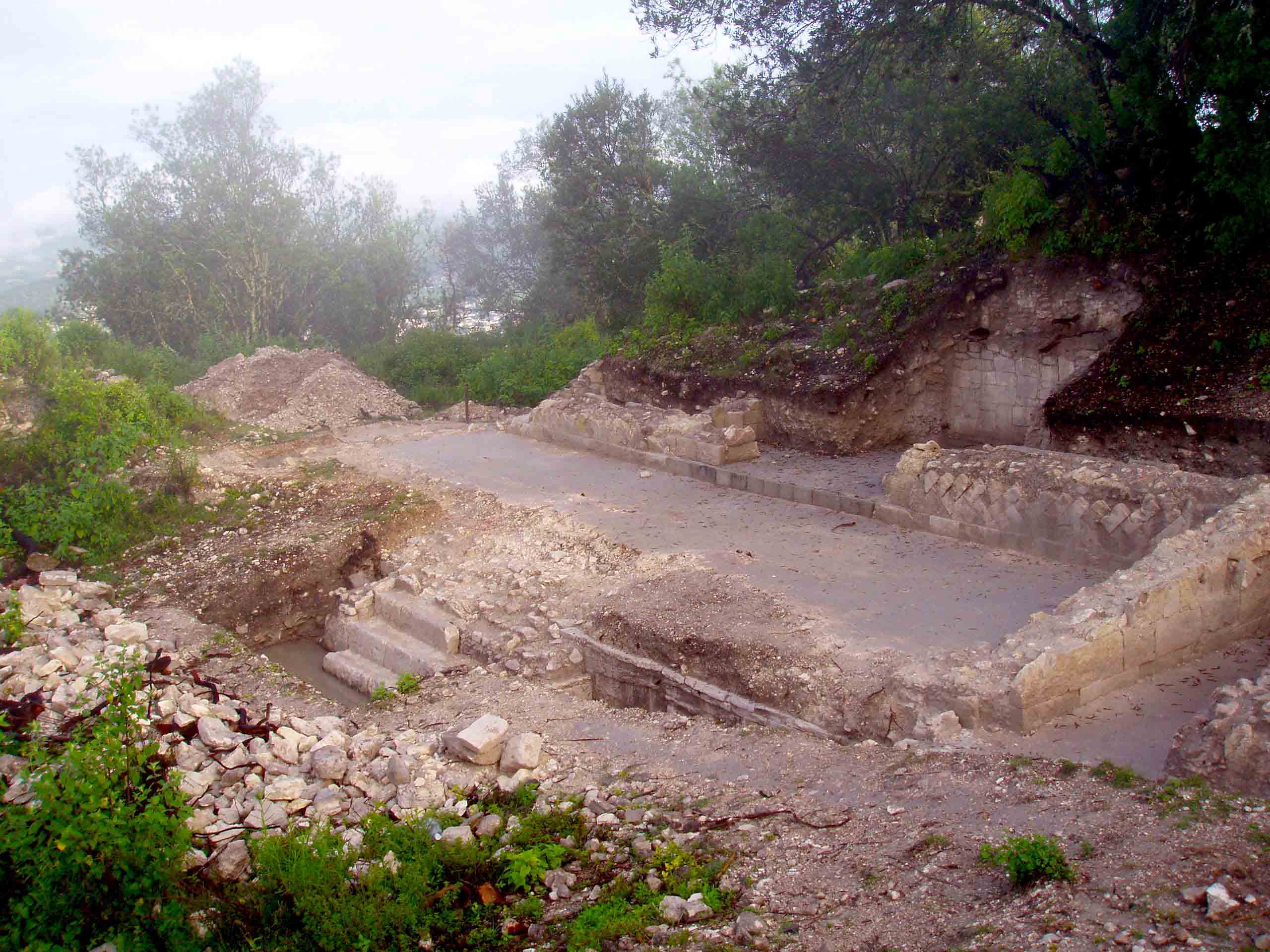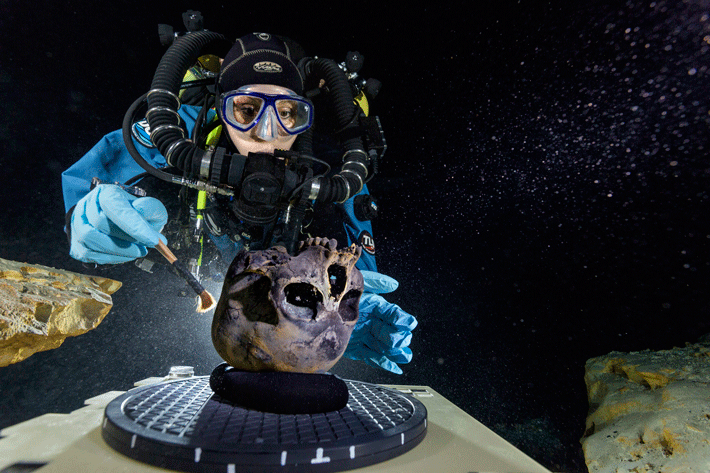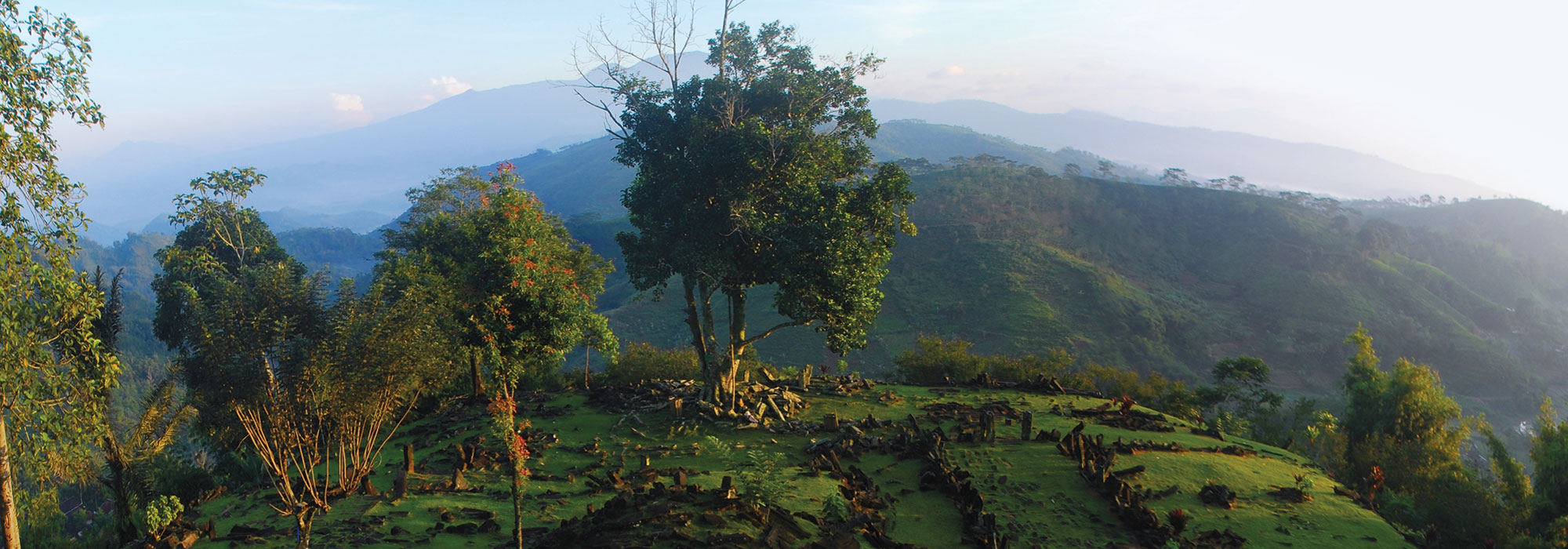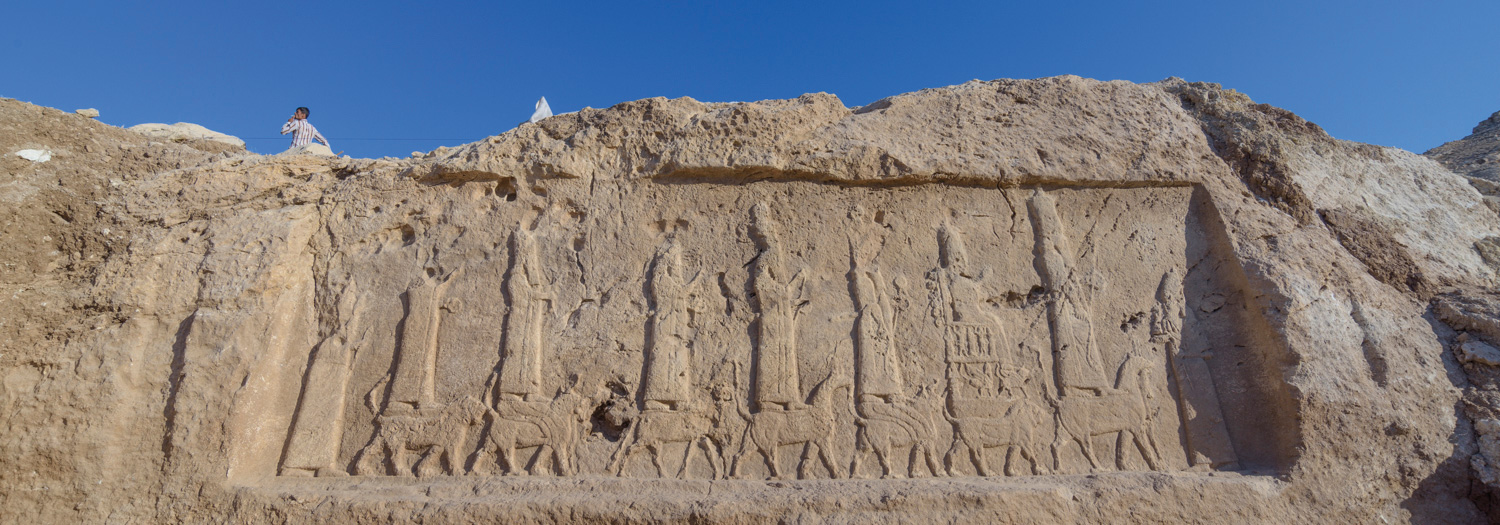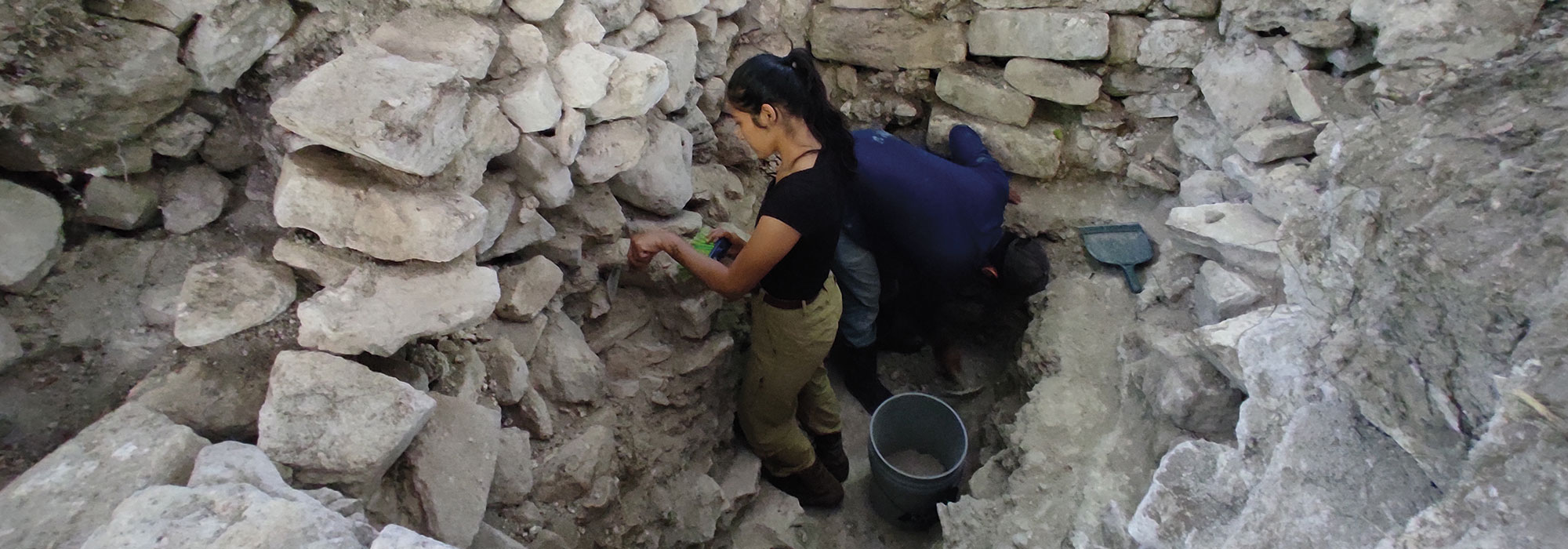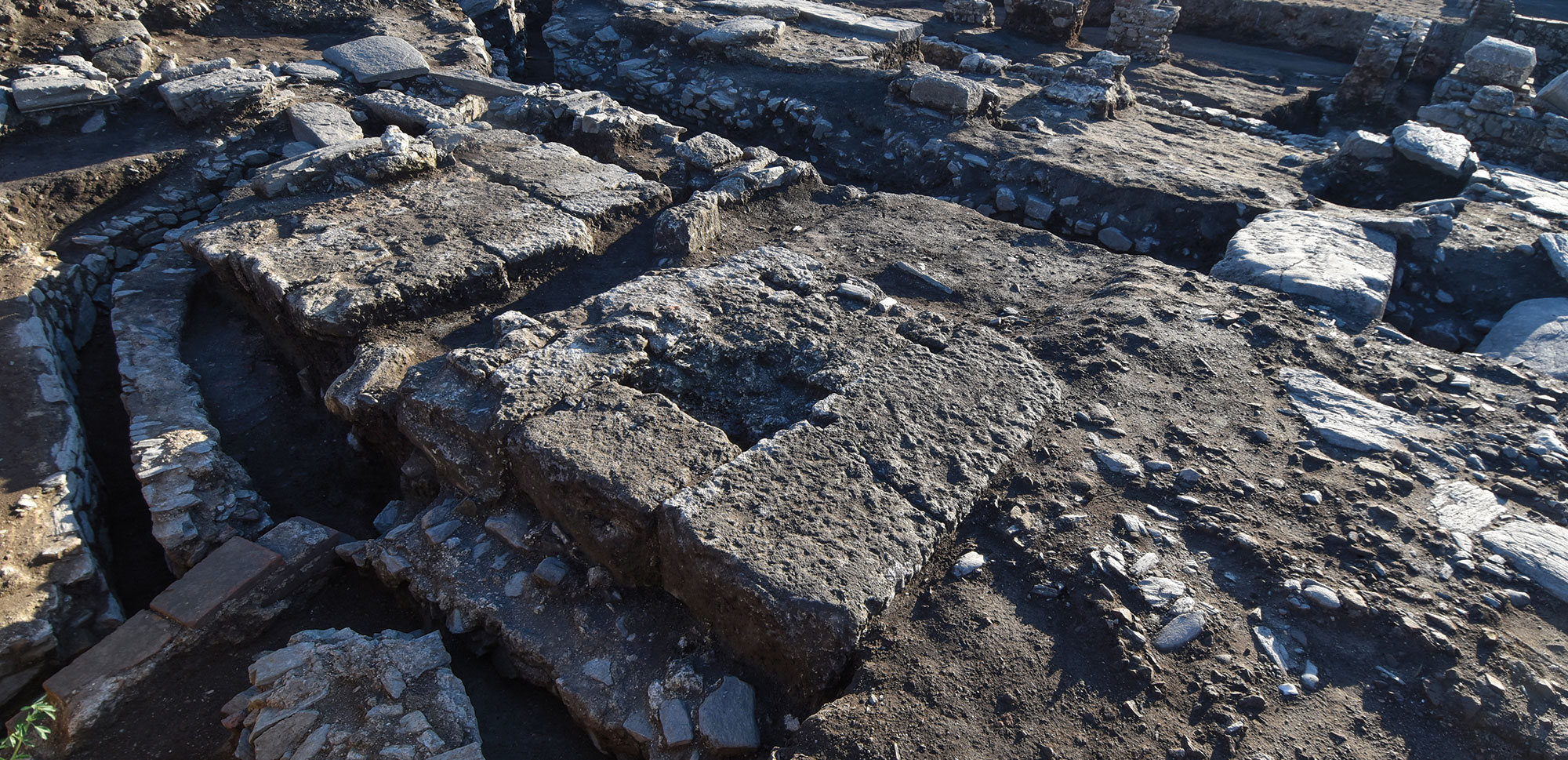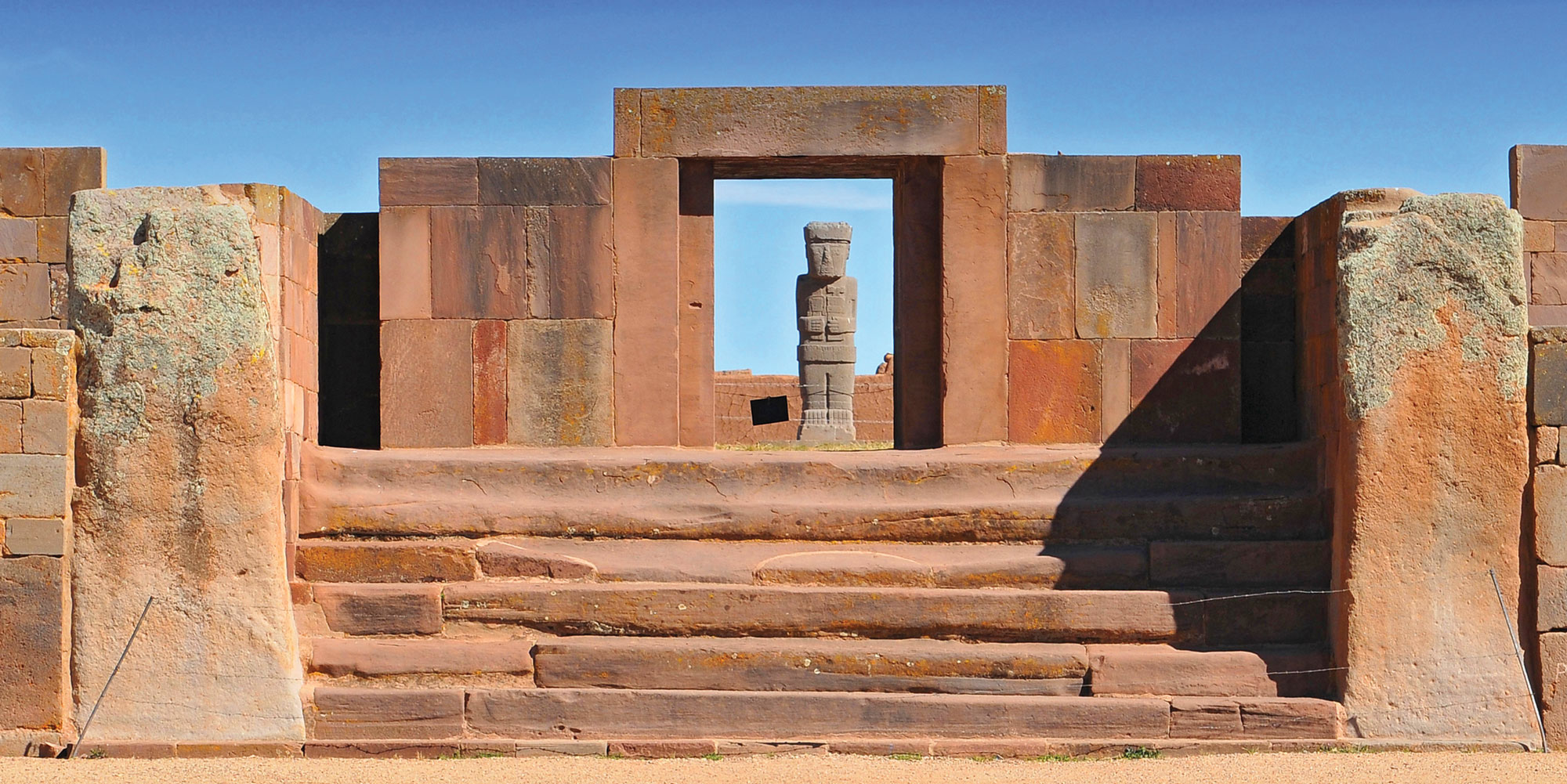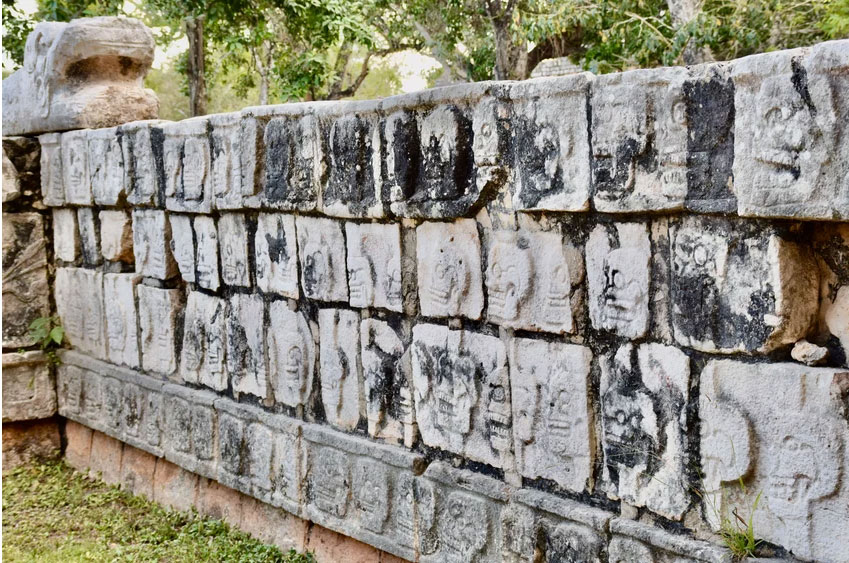
LEIPZIG, GERMANY—According to a Live Science report, scientists have analyzed DNA samples taken from 64 of the more than 100 sets of human remains recovered in 1967 from a chultun, or underground water storage chamber, in Mexico’s Maya city of Chichén Itzá. Radiocarbon dating indicates that the burials occurred over a period of 500 years, between the seventh and twelfth centuries A.D. The study shows that all of the individuals were boys, and a quarter of them were closely related to each other. Two sets of twins were also identified among the skeletons. Rodrigo Barquera of the Max Planck Institute for Evolutionary Anthropology said that most of the boys were between three and six years of age at the time of death. “Since many of the individuals were related to each other to some extent, that tells us that it’s probable that only specific families would have had access to this burial and that not just anyone could put their kids in there—it was a big honor,” he surmised. The genetic analysis also shows that the boys belonged to the same ancestral lineage shared by people who now live in the region, so they likely came from local communities. No signs of trauma were detected on the bones, Barquera added, although the presence of the twins could indicate that the mass burial was a memorial to the hero twins of Maya cosmology, who traveled to the underworld to avenge their father. The researchers plan to test the boys’ remains for any traces of poison, and to ask local people for their insight. Read the original scholarly article about this research in Nature. To read about a carved stone marker found at the entrance to a building complex in Chichén Itzá, go to "A Game to Remember."


